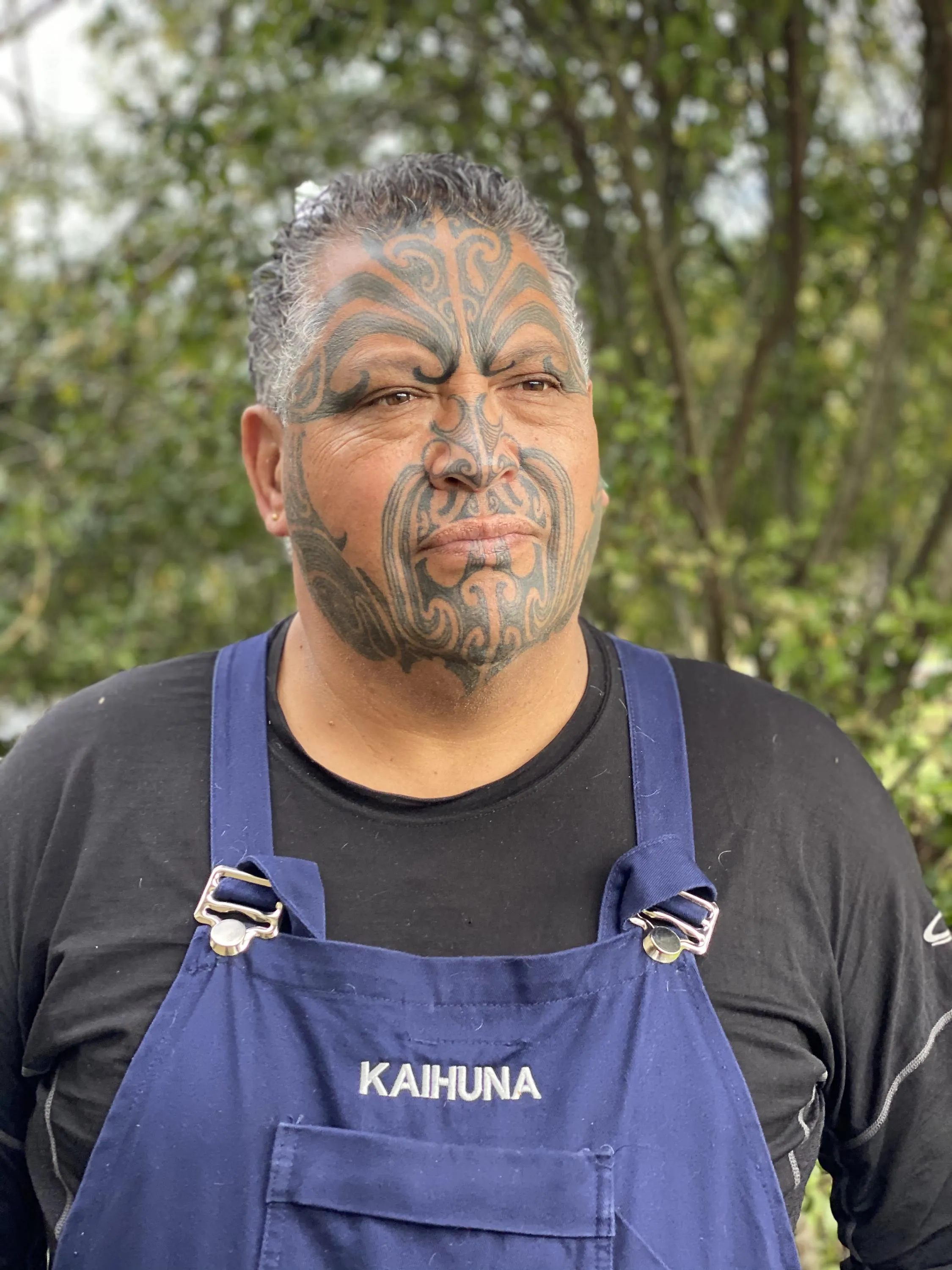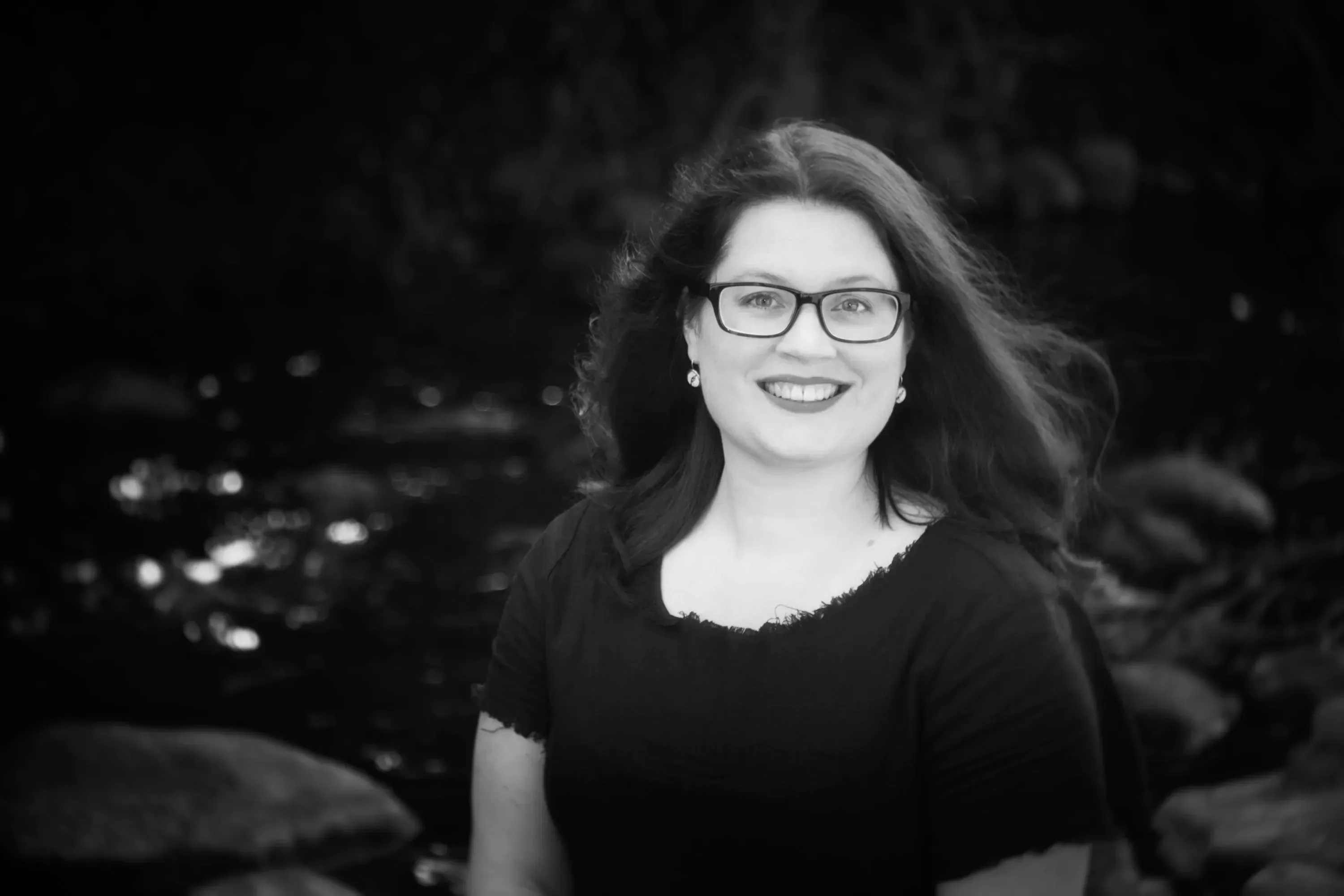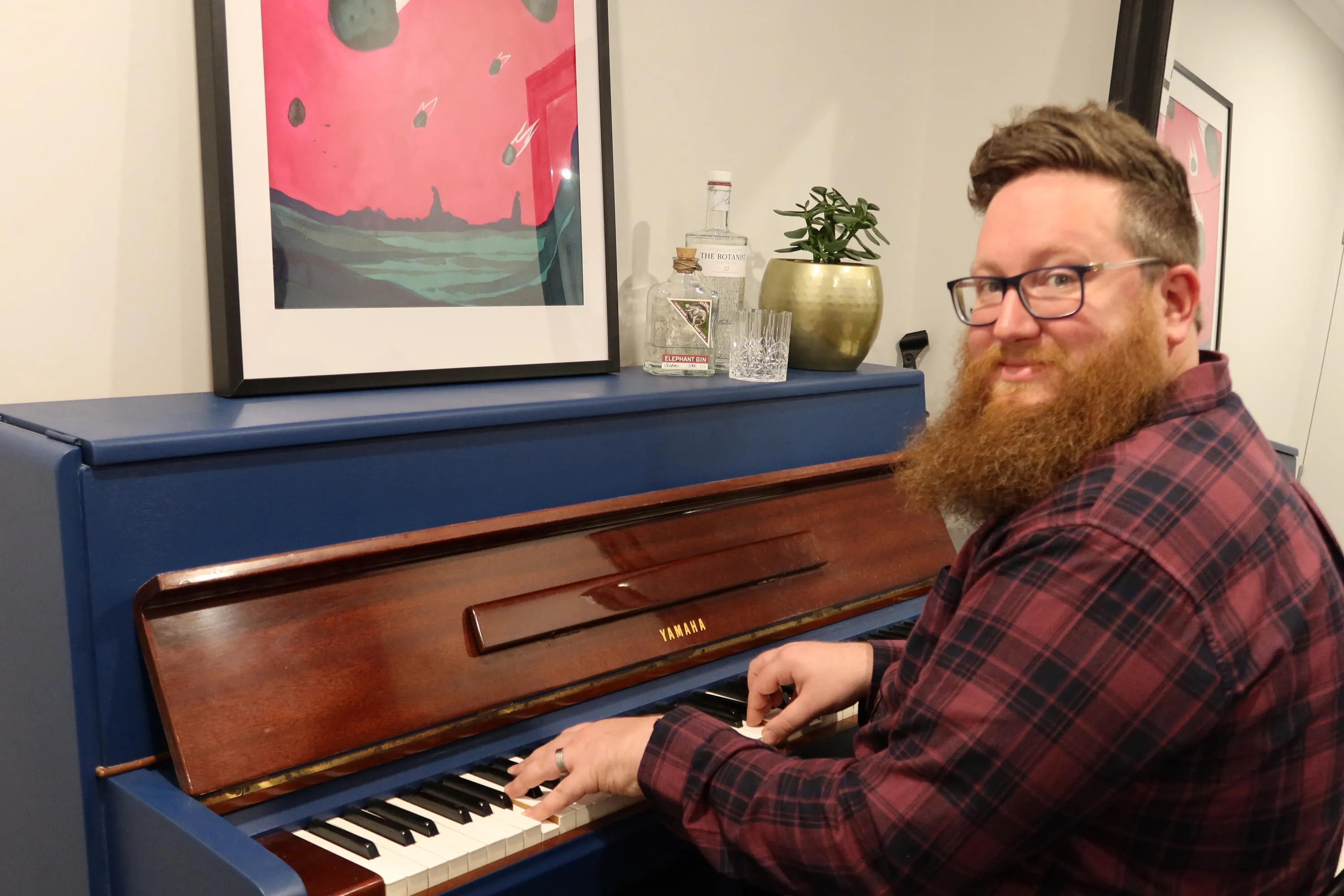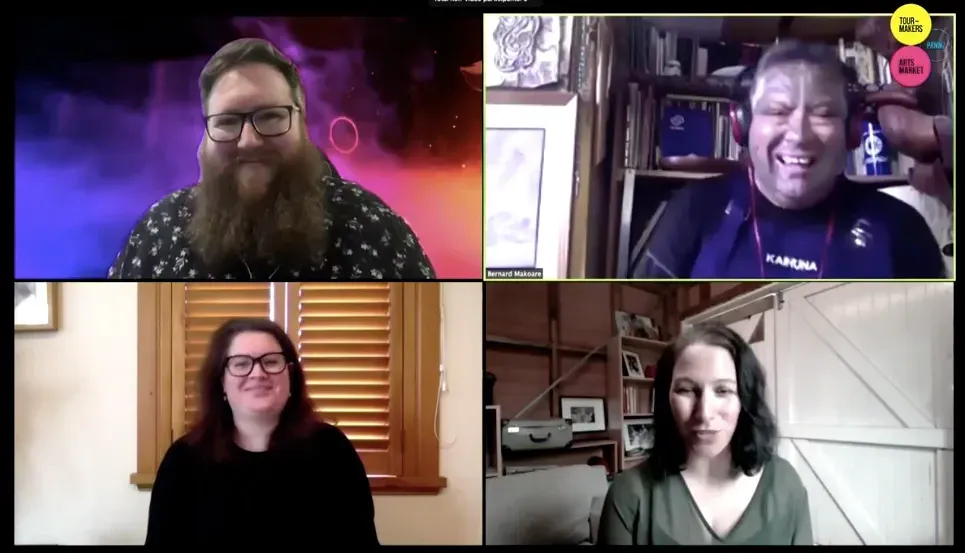How The Regions Will Recover
Written by
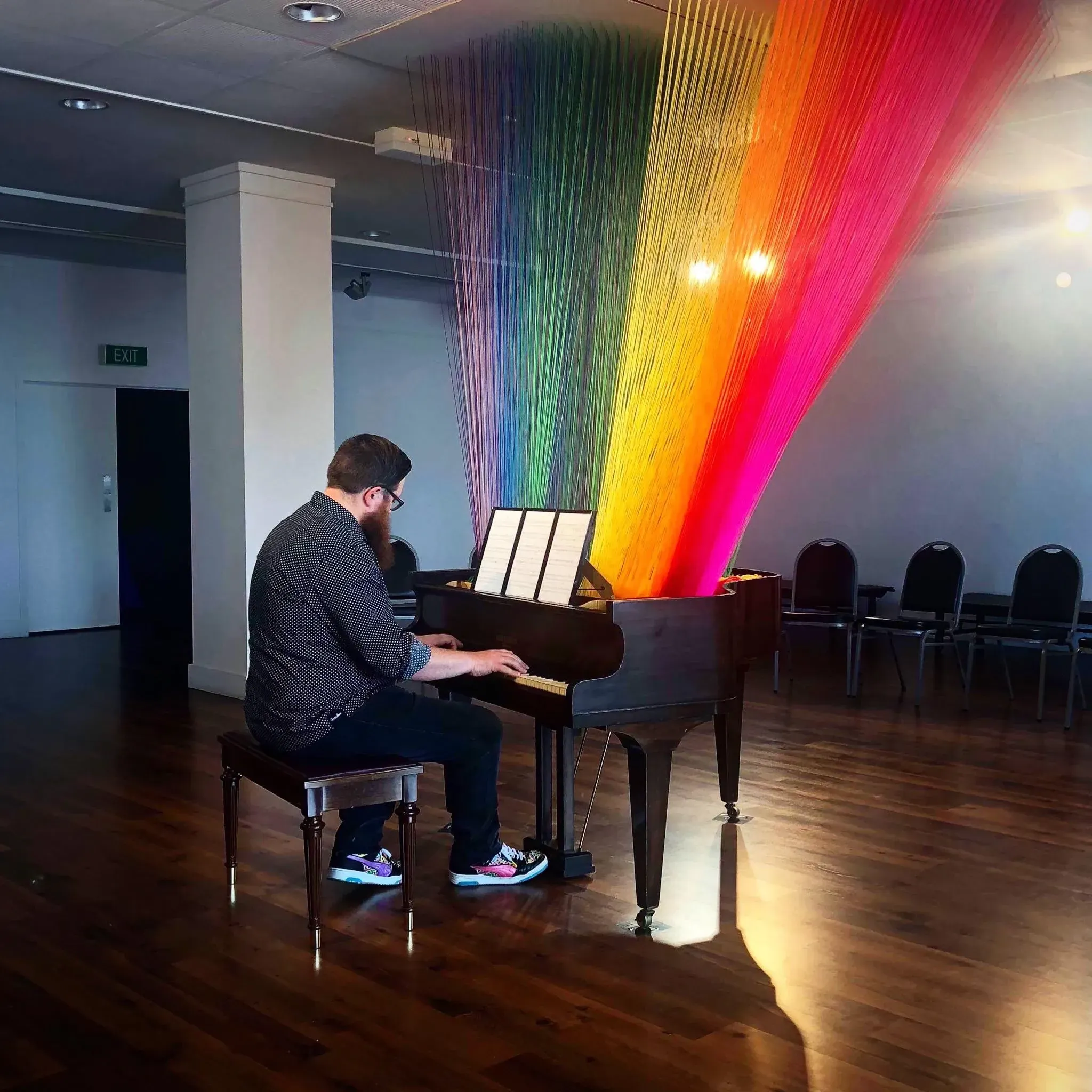
The regions have a tendency to get overlooked when discussing the arts in favour of the more populated and perceived glamour of major cities, which is a crying shame. They are hotbeds of creativity that play a vital role in shaping the identities of their own communities and ultimately, Aotearoa.
Given that their individual and collective impact is so far-reaching, lifting the voices of our regional arts organisations is imperative as the opportunities in a post-lockdown society become apparent; making this week’s PANNZ online hui so timely.
Calls for sustainable funding, new thinking around connecting with audiences and the need to intertwine old and new traditions formed the bedrock of the discussion, which captured voices from Dunedin, the Waikato and Te Tai Tokerau.
Thinking Regional is Thinking National
CEO of Creative Waikato and composer Dr Jeremy Mayall showed that he was a man with a clear vision, emphasising the arts as being vital for wellbeing on a regional and national level.
“The arts and cultural sector [has] been hit hard and we’re still uncovering the impact of that. But COVID-19 has emphasised art and culture as being vital for exploring identity and enhancing a sense of physical wellbeing” he says. “[But] we have an opportunity now to reimagine our world, our community and the way we do things - and that’s really exciting.”
When turning these imaginings into practicalities, Mayall was clear that they entailed a “greater need for support and advocacy….[Creative Waikato] are trying to ensure the hard and soft infrastructure of our community can be involved in decision making.”
Tribal Focus
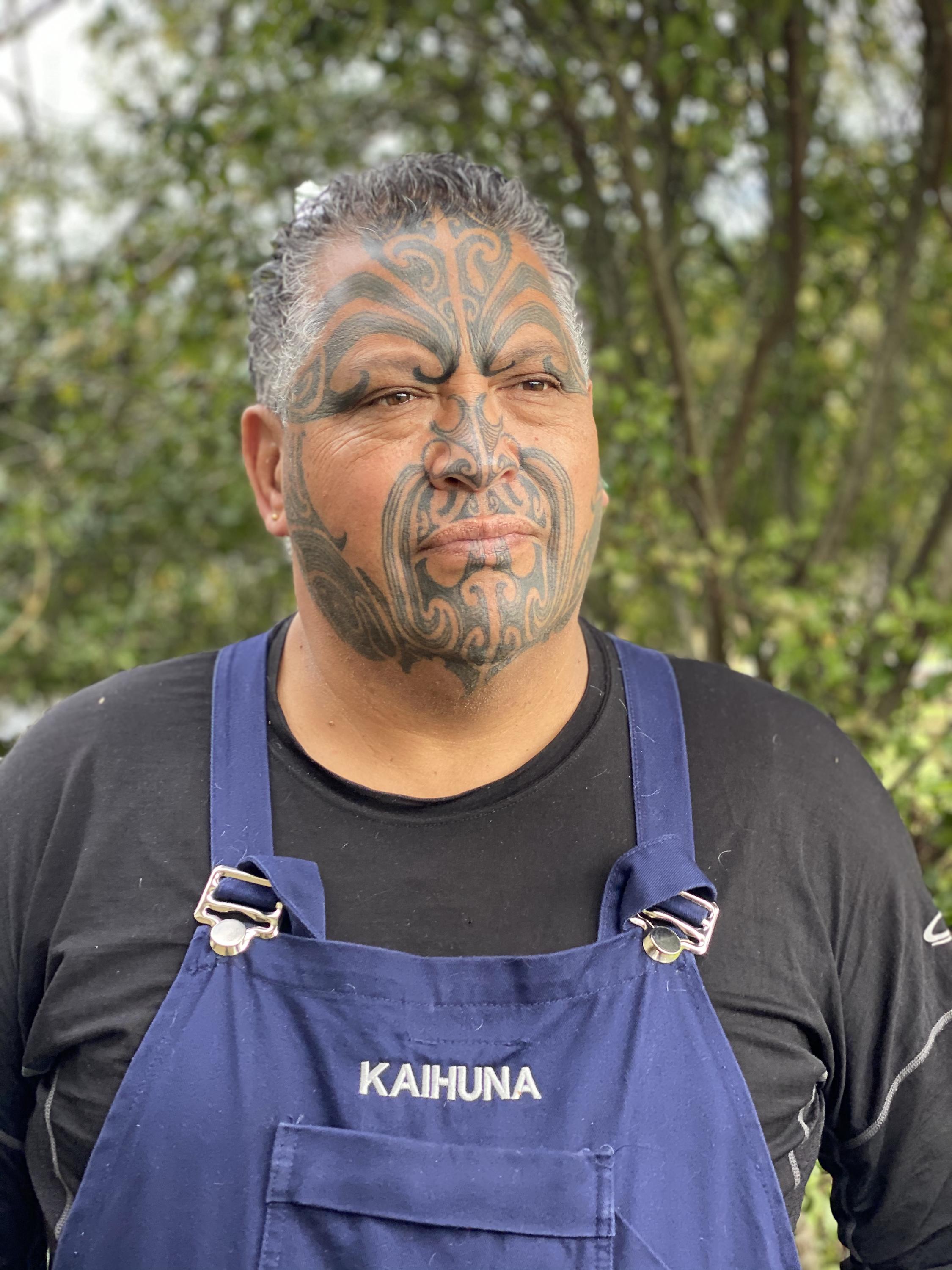
Bernard Makoare.
For Bernard Makoare, (Ngāti Whatua, Te Rarawa, Ngāpuhi-nui-tonu, Te Uri o Hau, Te Waiariki, Te Kai Tutae) a practising artist, designer, traditional woodcarver and Chairperson of Toi Ngāpuhi, there is an “opportunity to reset.”
He describes Toi Ngāpuhi as a “charitable company that works across iwi structures to collectively help to advocate for communities - we are creatives [who are] leading advocacy and agency for our creative communities.”
Makoare consistently stressed a strong sense of community and desire to honour and hold onto the past while making allowances “for a world that has changed.”
He continues, “as a tribal people, we’ve got to take the responsibility for how we express our culture now - how do we reflect that given all of our challenges and how do we set that platform in the future.”
“This time [in history] is going to be a game-changer,'' agrees Emily Duncan, a writer, director, dramaturg and Co-Founder of Prospect Park Productions. “It’s highlighted the need to increase and focus on regional funding. We need security moving forward and while [my projects] have managed to keep some work happening over Zoom, there needs to be far more investment regionally because there is a sense of fragility for some communities.”
Nourishment for the Soul
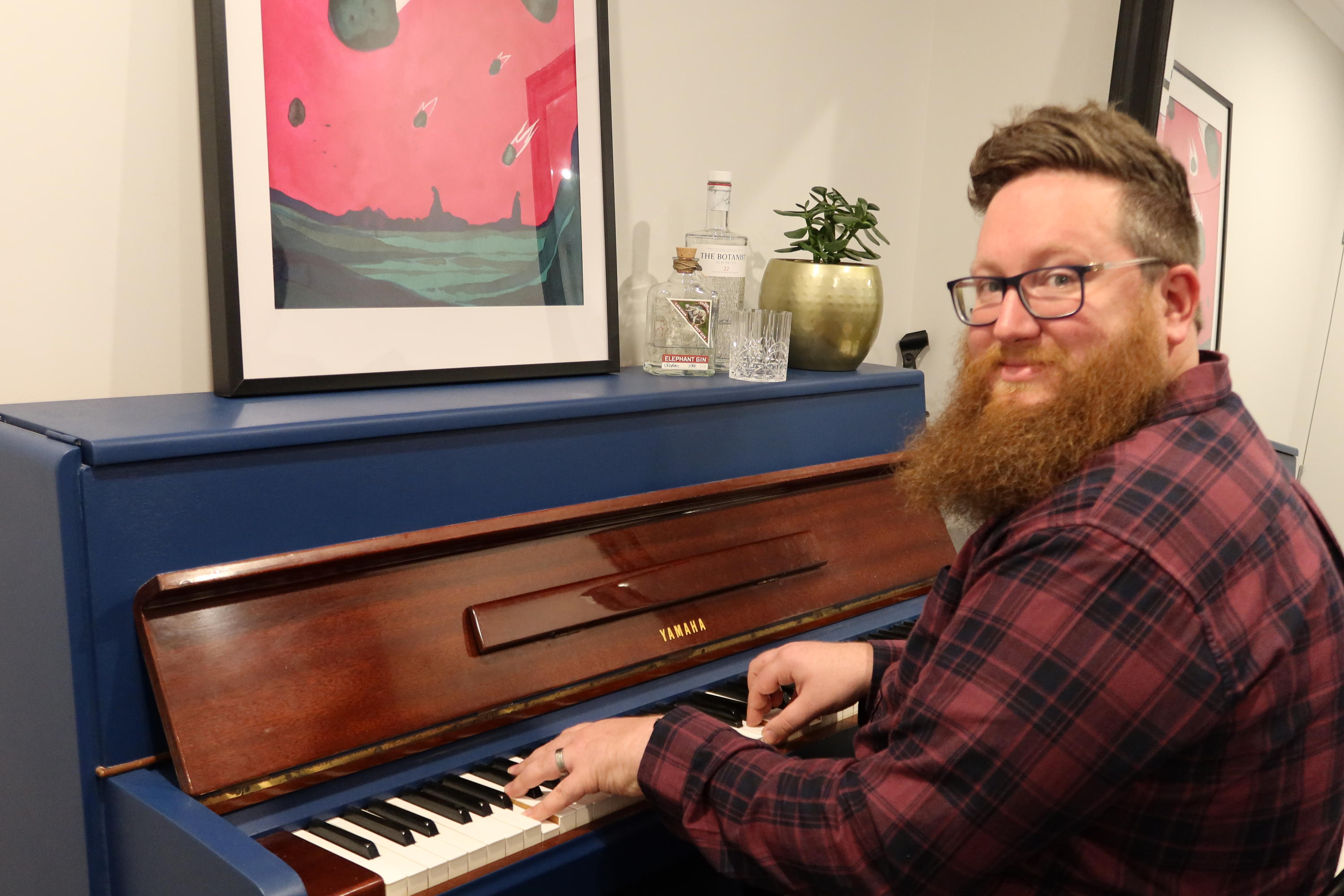
Jeremy Mayall.
“The government has got support for wellbeing - cultural wellbeing should be seen as a service for a community,” states Mayall. “Sustainable funding would mean that we have the ability to make the arts experiences accessible to the wider community because we’ll be less reliant on ticket sales [or similar].”
Mayall is keen to understand the ties between the arts and wellbeing -”how to measure it and articulate that to our councils and funders. [Because COVID-19] has highlighted the need for that in partnership with sustainable funding.”
“When we consider wellbeing, we should also consider cultural wellbeing” he continues. “Our values, customs, shared beliefs help shape and define who we are as New Zealanders and our sense of place and space in terms of individuals and communities. [Which is why] a broader understanding of the value of art in our communities is essential.
“[The government] have been talking about essential services - art, culture and creativity are essential. Different to food and health, but it fulfills some of the same needs in us that bring a community together to benefit their collective and individual mental health.”
Will the Crowds Come Back?
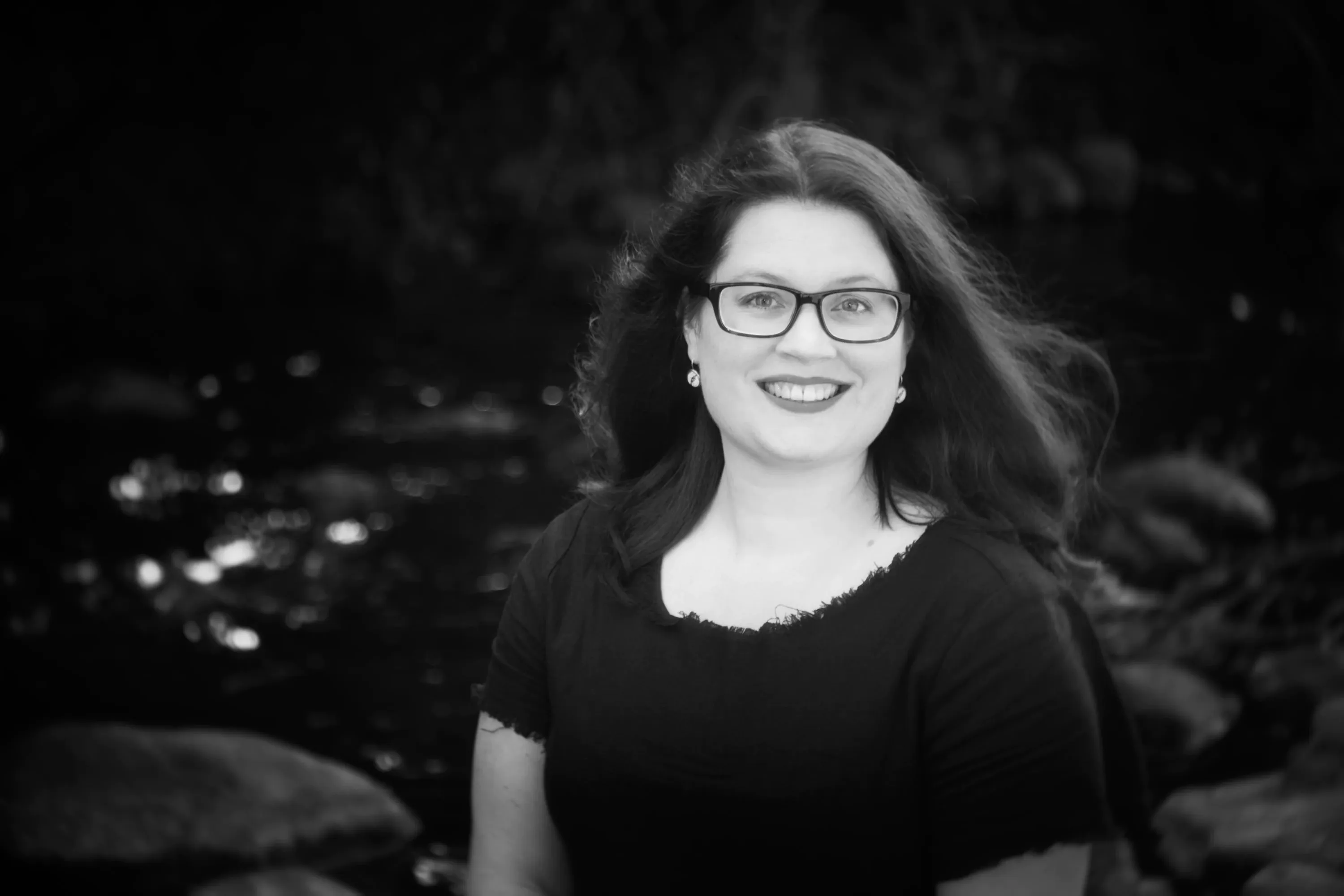
Emily Duncan. Photo: Caroline Davies.
Despite all of the benefits of attending live events, attracting audiences was an issue, even before COVID-19. “There is a need for investment and funding in this area so that our community feel that this is work created for them [and their wellbeing]” says Duncan.
“Venues and arts organisations have a duty of care for their audiences safety and their comfort levels, so coming back to live experiences might mean we change [the way we work] in terms of audience numbers,” adds Mayall.
But for him, the key question is how to get more of the local community going to local events that tell their stories. “In the Waikato, we hear that there are so many great activities going on. I say that the problem is it’s the same 500 people who go to every event and they can’t be at two places at once,” he explains. “It could be that they don’t know where to find those events, so it would be great to have a nightly arts section on the news, but there is an opportunity to potentially turn inward and work in the community to embrace [events] coupled with the need for funding and infrastructure.”
Why Toi Matters
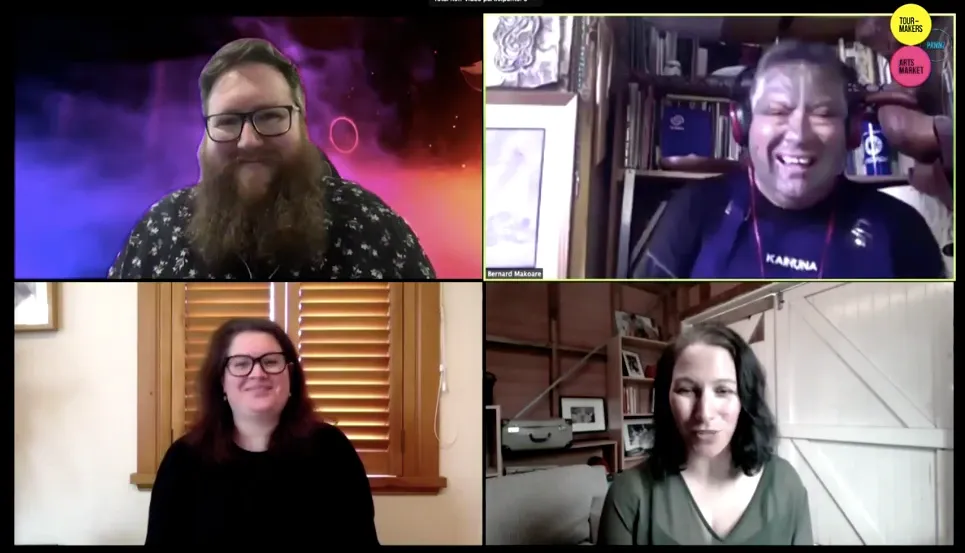
This week's PANNZ hui panellists.
Rightly though, it all comes back to the people that make a community. “There’s a choice between ‘art’ and ‘toi’” muses Makoare. “They get used interchangeably.
“But ‘art’ is a personal choice and expression understanding the world around you and expressing it. Toi has a sense of community. It’s not just a person expressing their perspective; it’s vitally linked to extended family and kin. Toi within a kinship group is about living life and looking to the community.
“There is the question of how do we live our lives now? We need to encourage creatives to keep being creative, keep expressing themselves and inspire others how to express themselves, to inspire communities to express themselves.”
To watch the PANNZ/AUCKLAND LIVE hui in full, click here
